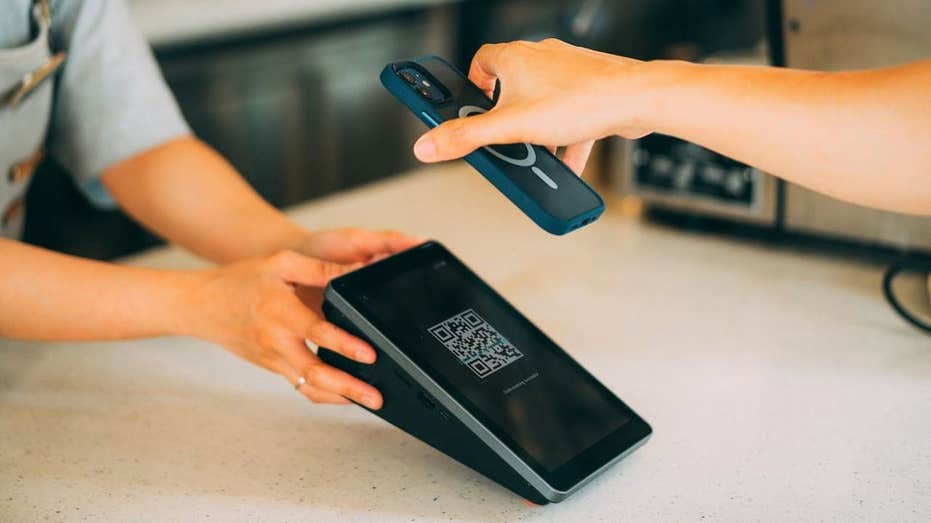The Rising Threat of QR Code Scams: Why Over 70% of Americans Are Unknowingly Vulnerable

Understanding the Popularity and Risks of QR Codes
In recent years, QR codes have become a staple in our daily lives. From accessing restaurant menus and checking into events to making quick payments, these contactless tools offer unmatched convenience. However, as their usage skyrockets, so do the opportunities for cybercriminals to exploit them. Hackers are increasingly turning to a deceptive tactic known as “quishing” — a form of phishing that utilizes QR codes instead of traditional methods like emails, texts, or phone calls.
The Surge in QR Code-Based Scams
Quishing has proven remarkably effective, with millions of unsuspecting users falling victim to malicious websites. Alarmingly, recent surveys reveal that 73% of Americans admit to scanning QR codes without verifying their source. This widespread complacency creates a significant security gap, risking personal data theft and financial loss. Experts warn that this trend could lead to a sharp increase in cyberattacks leveraging QR codes.
Real-World Examples of QR Code Exploitation
Security firms have uncovered that over 26 million individuals have been duped into visiting harmful websites via fake QR codes. These malicious codes are often placed conspicuously—on top of legitimate payment portals, parking meters, or product packaging—making them easy to overlook. When scanned, these codes can redirect users to sites designed to steal sensitive information like passwords, credit card details, or even install malware directly onto their devices.
-
Revolutionary Exoskeleton Enhances Endurance and Reduces Fatigue for Outdoor Enthusiasts

-
FoxNews AI Newsletter: James Cameron’s Changing Perspective on AI and More Exciting Innovations

-
Teenager’s Life Transformed: From 10 Seizures a Night to Freedom with Innovative Brain Implant

-
First Autonomous AI Agent Emerges: Are the Risks Worth It?

Government and Public Sector Alerts
Authorities have taken notice of this growing danger. The Federal Trade Commission (FTC) issued warnings earlier this year about scammers attaching malicious QR codes to packages and shipments. In urban areas, officials from the New York City Department of Transportation have reported fake QR codes appearing on parking meters, while utility companies like Hawaii Electric have also seen scammers use QR codes to intercept payments. These tactics mirror traditional ATM skimming, but with the added advantage for scammers of being harder to detect and easier to deploy.
The Evolution of QR Codes and Cybercriminal Tactics
Originally designed for tracking auto parts, QR codes were never intended to be secure. Their widespread adoption has made them an attractive target for scammers. Unlike standard phishing emails, QR codes obscure their destination until scanned, removing an important layer of user scrutiny and making deception much easier.
The Role of Artificial Intelligence in Modern Scams
Cybercriminals are harnessing artificial intelligence (AI) to enhance their malicious campaigns. They deploy Remote Access Trojans (RATs) and infiltrate sensitive networks, including military systems. According to cybersecurity research, over 26% of malicious links now originate from QR codes. As this method becomes more prevalent, quishing is poised to surpass traditional phishing in scale and sophistication.
Practical Tips to Protect Yourself from QR Code Scams
Always Verify the Source
Before scanning any QR code, pause and assess its origin. Be cautious of codes found on public signage, restaurant tables, or package labels. Cybercriminals often cover genuine codes with malicious ones that redirect to fake websites designed to steal your data. Ask yourself: Do I trust this location or the person providing the code? If there’s any doubt, it’s safest not to scan.
Inspect the QR Code’s Placement
Scammers frequently overlay fake QR codes on legitimate signs or devices. Look for signs of tampering, such as stickers poorly placed over real codes or signs that seem suspicious. If the QR code appears altered or out of place, avoid scanning it to prevent falling victim to quishing scams.
Check the URL Carefully
After scanning, always scrutinize the web address before clicking further. Beware of URLs that look suspicious—misspelled, overly long, or filled with random characters. Never enter sensitive information unless you’re confident about the website’s authenticity.
Use Strong Security Measures
Install reputable antivirus software on all your devices. Choose solutions that offer real-time protection, automatic updates, and web filtering features. These tools can detect malicious content hidden within QR codes and block access to dangerous sites, reducing your risk of infection or data theft.
Enable Two-Factor Authentication (2FA)
Adding an extra layer of security through 2FA can thwart many cybercriminal attempts, especially those initiated via QR code scams. Always activate 2FA on your email, banking, and other sensitive accounts to make unauthorized access significantly more difficult.
Navigate Manually When Possible
Instead of relying solely on QR codes, manually visit websites for payments, reservations, or account logins. Searching directly reduces the risk of falling for malicious redirects or fake sites.
Stay Informed and Proactive
Keep your device’s operating system and apps up to date. Security patches often address vulnerabilities that scammers exploit. Additionally, consider using data removal services to monitor and remove your personal information from the web, making it harder for scammers to craft convincing fake QR codes.
Take Action if You Encounter a Fake QR Code
If you suspect you’ve scanned a malicious QR code or have fallen victim to quishing, report the incident promptly to the relevant organization or authorities. Sharing your experience can help others avoid similar scams and alert organizations about evolving tactics.
Balancing Convenience and Caution
Although QR codes offer undeniable convenience, their risks are increasing. Staying vigilant and cautious doesn’t mean abandoning their use but rather adopting best practices to safeguard your digital and financial security. As scammers become more inventive, your awareness and proactive measures are your strongest defenses.
Will you continue to scan QR codes casually, or will you implement stricter safety habits? Share your thoughts by reaching out through trusted channels. Remember, staying informed is your first line of defense against the growing wave of QR code scams.
